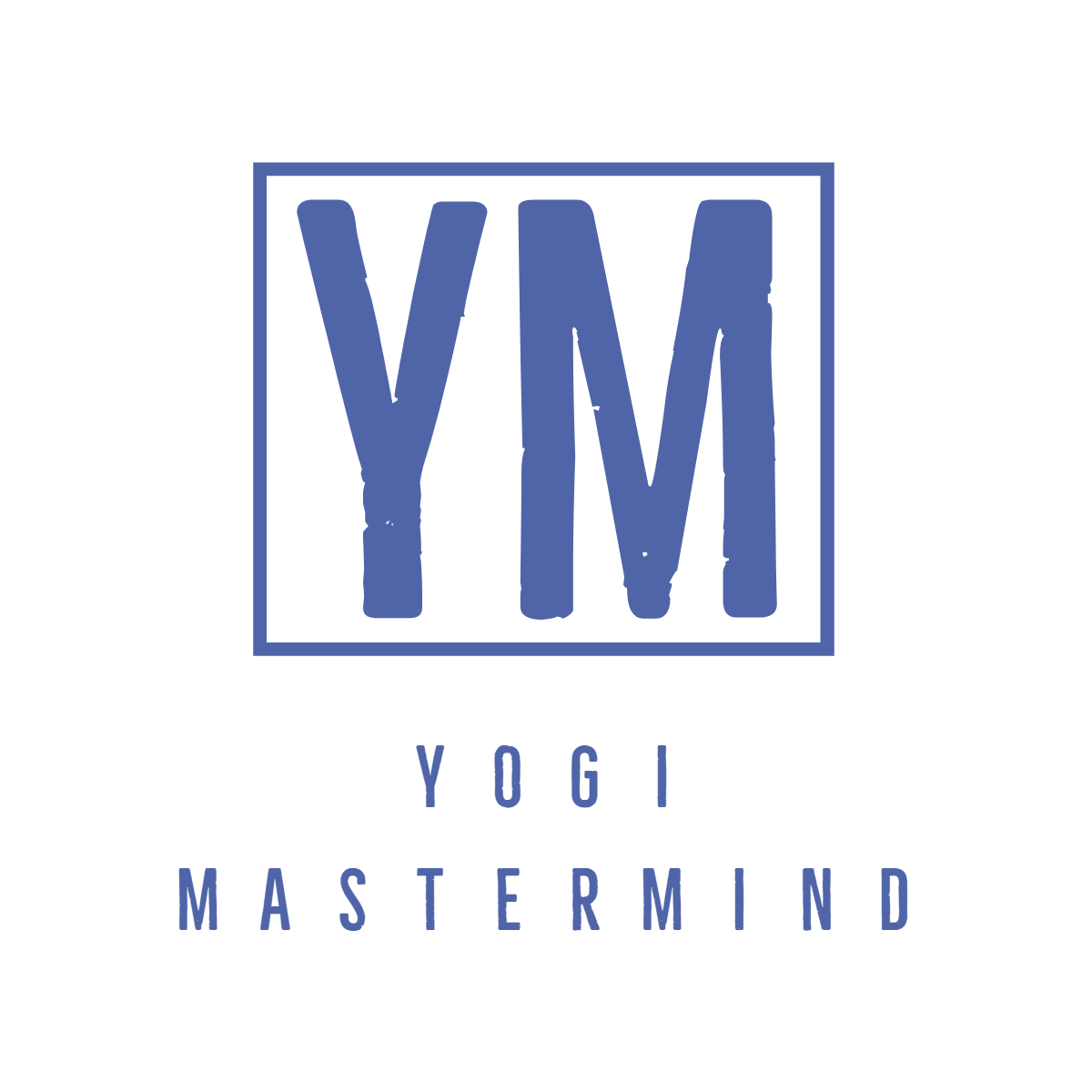From Mats to Merchandise: How to Diversify Your Yoga Business
The yoga industry has experienced tremendous growth in recent years, with more and more people embracing the practice for its physical and mental health benefits. As the industry continues to expand, it becomes increasingly important for yoga businesses to diversify their offerings. Diversification can help businesses reach new customers, increase revenue, and build a stronger brand.
Understanding Your Target Market: Identifying New Product Opportunities
To effectively diversify your offerings, it is crucial to understand your target market and their needs. Conducting market research can provide valuable insights into your customers' preferences, interests, and pain points. This information can then be used to identify new product opportunities that will appeal to your target audience.
For example, if your research reveals that many of your customers are interested in mindfulness and stress relief, you could consider offering meditation classes or selling meditation cushions and accessories. By understanding your target market, you can identify gaps in the market and develop products or services that meet their needs.
Creating a Brand Identity: Establishing Your Yoga Business in the Market
In a crowded market, establishing a strong brand identity is essential for standing out from the competition. Your brand identity should reflect your values and resonate with your target audience. It should communicate what sets you apart from other yoga businesses and why customers should choose you.
To create a strong brand identity, start by defining your mission, vision, and values. What do you want to achieve with your yoga business? What do you stand for? Once you have a clear understanding of your brand's identity, incorporate it into all aspects of your business, from your logo and website design to your marketing materials and customer interactions.
Expanding Your Product Line: From Mats to Merchandise
While yoga mats may be the core product of a yoga business, there are numerous opportunities for expansion beyond mats. Consider adding merchandise such as clothing, accessories, and wellness products to your product line. This can help you reach new customers and increase revenue.
For example, you could design and sell yoga-inspired clothing that can be worn both in and out of the studio. You could also offer wellness products such as essential oils, candles, or herbal teas that complement the yoga experience. By expanding your product line, you can cater to a wider range of customer preferences and interests.
Designing and Developing Your Merchandise: Tips and Tricks
When designing and developing merchandise for your yoga business, it is important to work with designers and manufacturers who understand your brand and can create high-quality products that align with your values. Consider factors such as materials, sustainability, and pricing when developing your products.
Choose materials that are durable, comfortable, and eco-friendly. Many customers are becoming more conscious of the environmental impact of their purchases, so offering sustainable options can be a selling point for your brand. Additionally, pricing your merchandise competitively will help ensure that it is accessible to a wide range of customers.
Marketing Your Products: Reaching Your Audience Effectively
Once you have diversified your product offerings, it is crucial to effectively market them to your target audience. Utilize a variety of marketing channels to reach your customers, including social media, email marketing, and influencer partnerships.
Social media platforms such as Instagram and Facebook are particularly effective for reaching yoga enthusiasts. Share visually appealing content that showcases your products and engages your audience. Consider partnering with influencers or yoga teachers who have a strong following to promote your products to their audience.
Email marketing is another powerful tool for reaching your customers. Build an email list by offering incentives such as exclusive discounts or free resources. Send regular newsletters with updates on new products, upcoming events, or helpful tips related to yoga and wellness.
Collaborating with Other Businesses: Building Strong Partnerships
Collaborating with other businesses in the wellness industry can be mutually beneficial and help you reach new customers. Look for opportunities to partner with complementary businesses such as fitness studios, health food stores, or wellness retreats.
For example, you could collaborate with a local fitness studio to offer joint yoga and fitness classes. This partnership allows both businesses to tap into each other's customer base and offer a unique experience to their clients. By working together, you can create a stronger presence in the market and provide additional value to your customers.
Offering Workshops and Classes: Expanding Your Services
In addition to diversifying your product offerings, consider offering workshops and classes to expand your services. This can help you build a community around your brand and offer additional value to your customers.
Workshops and classes can cover a wide range of topics, from advanced yoga poses to meditation techniques or nutrition tips. Consider the interests and needs of your target audience when designing these offerings. By providing educational and experiential opportunities, you can deepen your relationship with your customers and establish yourself as an authority in the industry.
Creating an Online Presence: Utilizing Social Media and E-commerce
In today's digital age, having a strong online presence is crucial for any business. Develop a robust social media strategy to showcase your products, engage with your audience, and drive traffic to your website or physical location.
Choose the social media platforms that are most popular among your target audience and consistently post high-quality content that aligns with your brand identity. Use captivating visuals, informative captions, and relevant hashtags to increase visibility and reach new customers.
In addition to social media, consider setting up an e-commerce platform to sell your products online. This allows customers from anywhere in the world to purchase your merchandise, expanding your reach beyond your local market. Invest in user-friendly website design and secure payment processing to provide a seamless online shopping experience for your customers.
Managing Your Inventory: Ensuring Smooth Operations
As you diversify your product offerings, it becomes increasingly important to effectively manage your inventory. Develop a system for forecasting, ordering, and storing your merchandise to ensure smooth operations and avoid stockouts.
Regularly analyze sales data to identify trends and patterns in customer demand. Use this information to forecast future sales and determine how much inventory you need to order. Consider factors such as lead times, production capacity, and storage space when placing orders with suppliers.
Invest in inventory management software that can help streamline the process and provide real-time visibility into your inventory levels. This will enable you to make informed decisions and avoid overstocking or understocking your products.
Measuring Success: Tracking Your Progress and Adjusting Your Strategy
Finally, it is important to regularly measure the success of your diversification efforts and adjust your strategy as needed. Use metrics such as revenue, customer feedback, and social media engagement to track your progress.
Monitor sales data to determine which products are performing well and which ones may need adjustments or discontinuation. Pay attention to customer feedback and reviews to identify areas for improvement or new product ideas. Engage with your audience on social media to gauge their response to your offerings and gather insights for future marketing campaigns.
Continuously evaluate your product offerings and marketing strategy to ensure that you are meeting the needs of your target audience. Stay up-to-date with industry trends and adapt your business accordingly. By staying agile and responsive, you can position your yoga business for long-term success in a rapidly evolving industry.
In conclusion, diversification is crucial for yoga businesses looking to thrive in a competitive market. By understanding your target market, creating a strong brand identity, expanding your product line, effectively marketing your products, collaborating with other businesses, offering workshops and classes, creating an online presence, managing your inventory, and measuring success, you can position yourself as a leader in the yoga industry. Embrace the opportunities for growth and innovation, and watch your business flourish.


